Horror Board Games in a Time Before Video Games

As the frontman and lyricist of the New York hardcore band Mindforce once said “History doesn’t really repeat, it echoes.” And I find a lot of truth in that. While Jay may have been speaking to the political climate of the world, I see the truth in this statement in many facets of life. From the way that 80’s styles have been revitalized and rebranded as “vintage” to the way that every film studio is reaching into their past to try to find an old IP to resurrect for modern audiences. One returning trend that certainly caught me off guard was the prevalence and popularity of recent board games being based on classic and modern horror properties. The rise of which had sent me on a quest for knowledge on the history of horror media and the medium of board games. What I learned was interesting, and at times enlightening, as I dove into the depths of cardboard killers deciding deaths with dice throws.
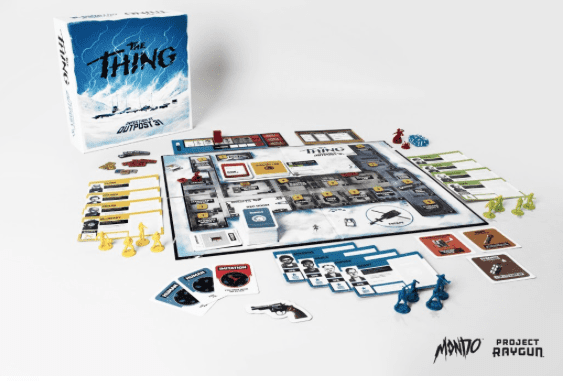
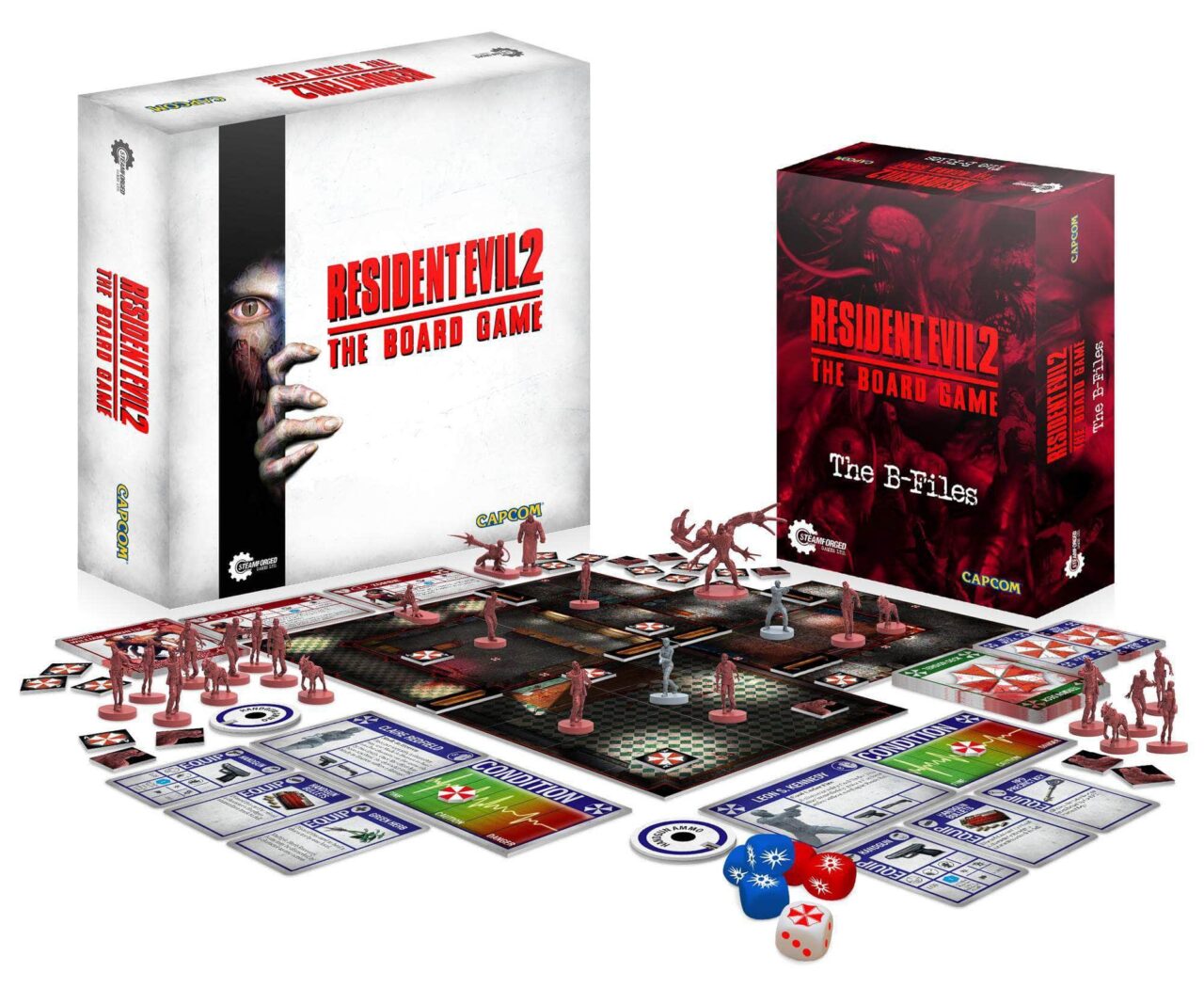
While the shelves at your local game store may be stocked with board games depicting ghoulish renditions of classic scares from your favorite cult classic horror films, this is simply another example of the wheel of trends returning to a previous point in its cycle. Back before every home had an Atari or NES to entertain the youths on rainy days, it was common for most households to have a “board game closet.” I am willing to bet that a few of my dear readers just got hit with a lightning bolt of nostalgia over that phrase, perhaps reminiscing about their favorite game to play with siblings or other neighborhood kids. And similarly to the way that the late 90s and early aughts saw numerous adaptations of TV shows and movies make their way onto home consoles, the 70s and 80s entertained children with a litany of cardboard and plastic recreations of iconic movie moments.
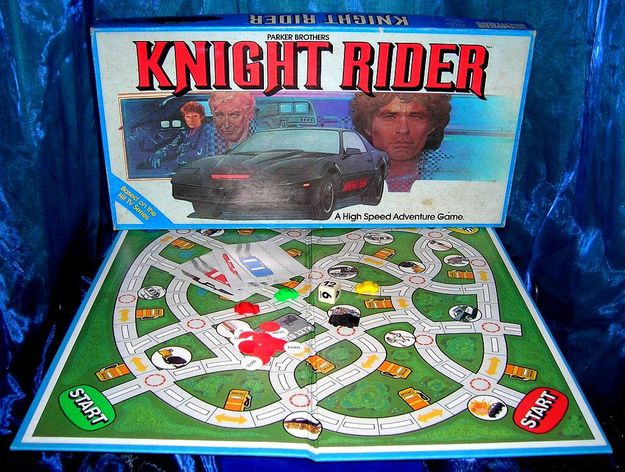
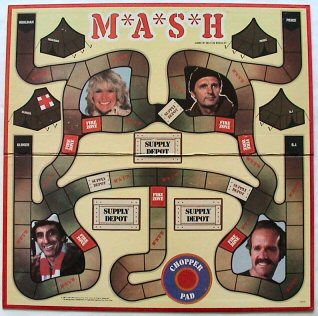
Of course, as with most plastic bits and bobs meant for kids, these games were not limited to child-friendly properties like Care Bears or G.I. Joe. As has been the case as long as there have been things to consume, kids have always wanted to sit at the same table as the grown-ups. For this reason, it was not uncommon to see things meant for mature audiences being marketed toward a more juvenile crowd. Anyone around in the ’80s and early ’90s surely remembers seeing a smorgasbord of action figures and playsets modeled after extremely graphic films like Alien or Robocop. The fact that someone out there saw the part in Aliens wherein the queen is dumping out disgusting alien eggs and thought to themselves “Oh yeah, the kids are gonna love that” is both marketing genius and somewhat concerning.
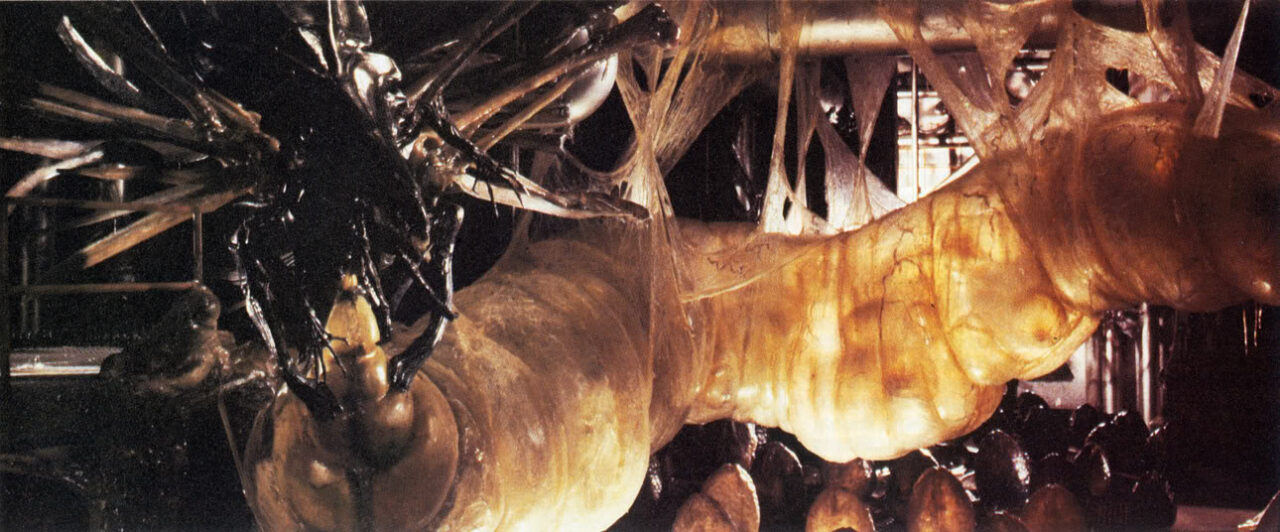
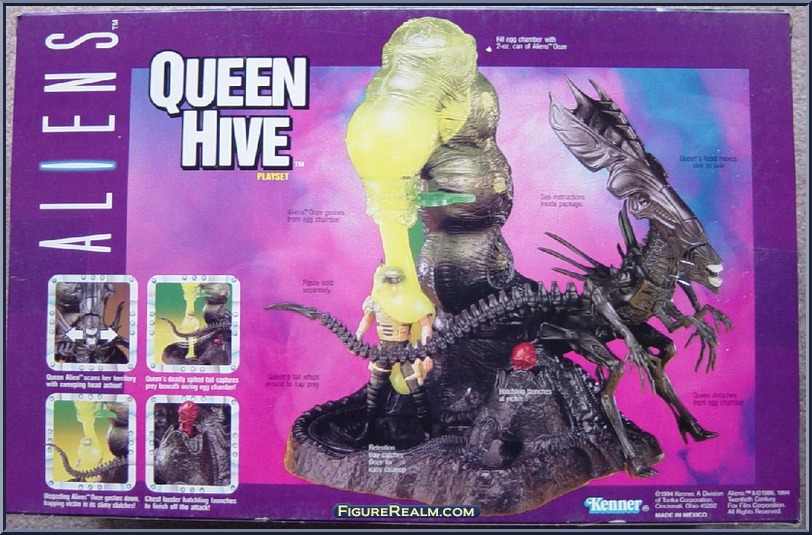
To bring this back to my original point; A while back I found myself at Target, and while searching for kitschy furniture to fill my home I took a moment to stop by the board game section. I was not surprised to see family classics like Monopoly or Connect Four amidst a sea of puzzles and children’s science kits, but as I moved further down the aisle the themes and settings of the games grew increasingly dreadful. Of course, there was no shortage of original horror board games, such as Betrayal at the House on the Hill or Arkham Horror, none of those caught my eye, though. What drew me in was the numerous board games that were adapting popular horror properties such as The Shining, The Thing, or for us video game lovers, Resident Evil 2, and Dark Souls. To be frank, dear reader, part of me wondered what these games could offer that couldn’t be better had from the original materials. But as I thought more about it, I realized that this was, as I said earlier, something that had been happening for longer than I had been alive. And while the modern trend had more to do with a general board game revival. I found myself thinking more and more about the history of macabre and bloody board games.
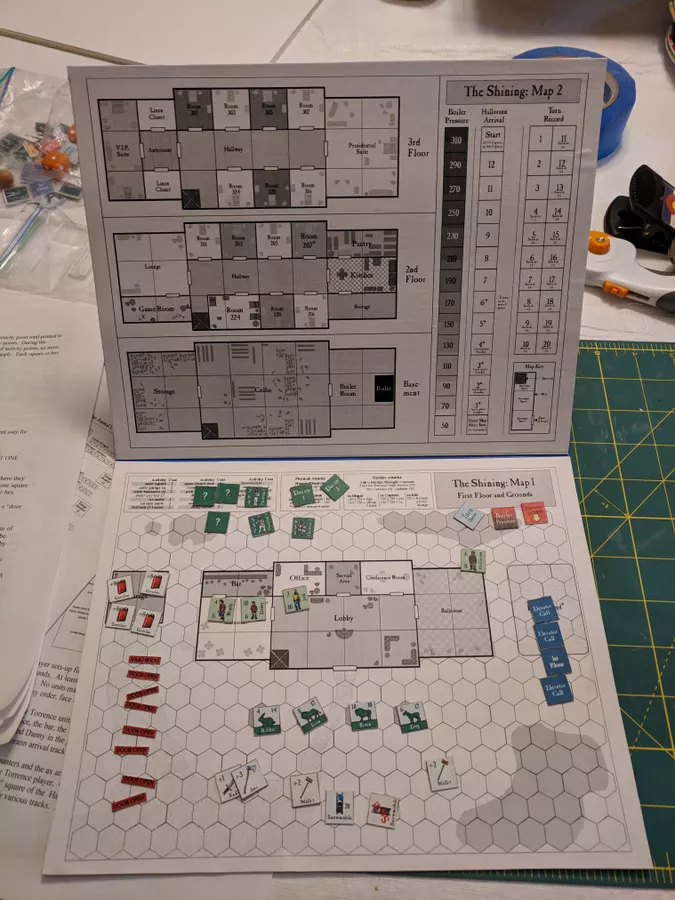
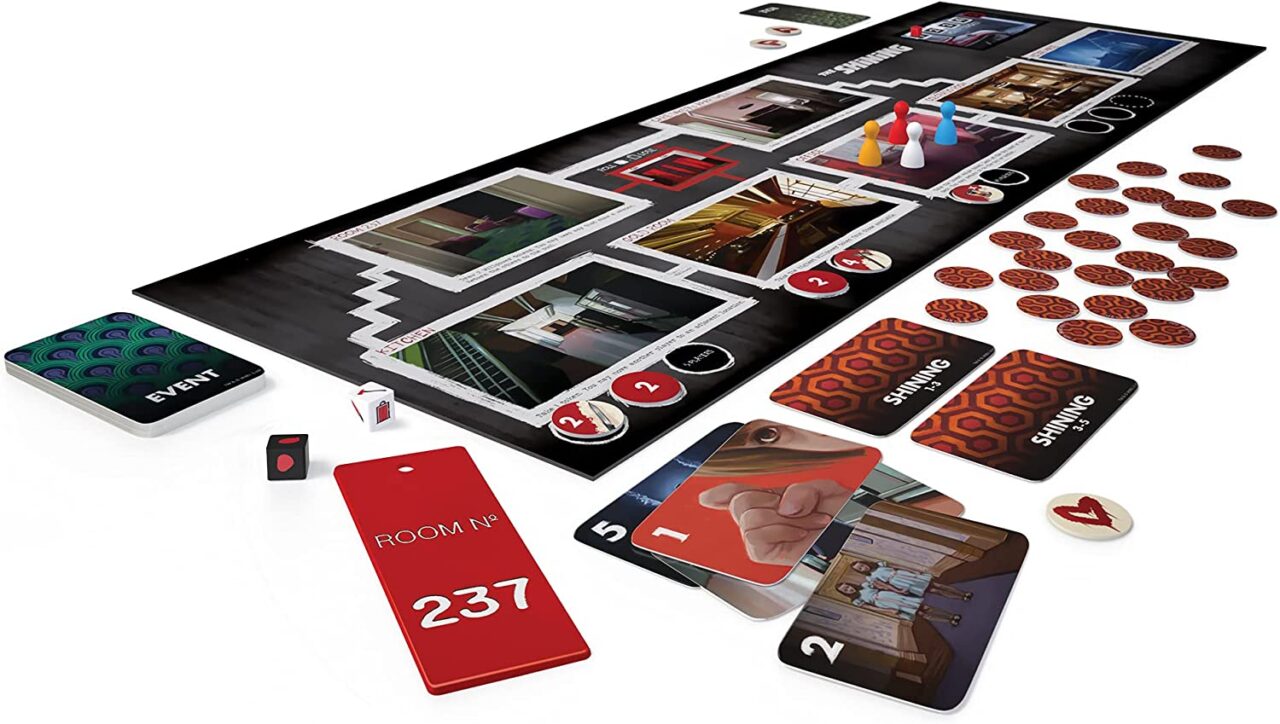
I suppose it made sense, in a time before home video was common in every household, back when movie novelizations were still a thing, people wanted a way to experience the things they loved outside of the theater. I found myself extremely intrigued by the idea that someone, somewhere was told by a marketing executive that they need to turn a horrifying film into a board game meant to be played in a group. Horror board games had been around well before this trend of adapting films into games came to fruition, but it was always more so spooky in nature, rather than in execution. While a spooky skeleton may be scary to find in a graveyard, it does little to instill fear when it is a prop to be played with for a game. Once I started digging into the topic, I came to learn that some of these games went beyond the sit-down-and-roll-dice approach that so many older games had. Instead aiming to find ways to put the players into, if not scary, then very stressful situations.
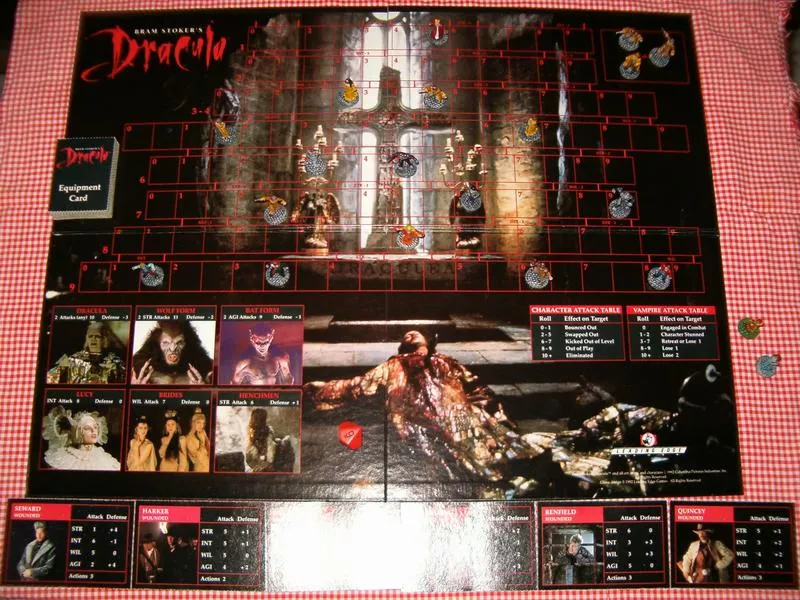
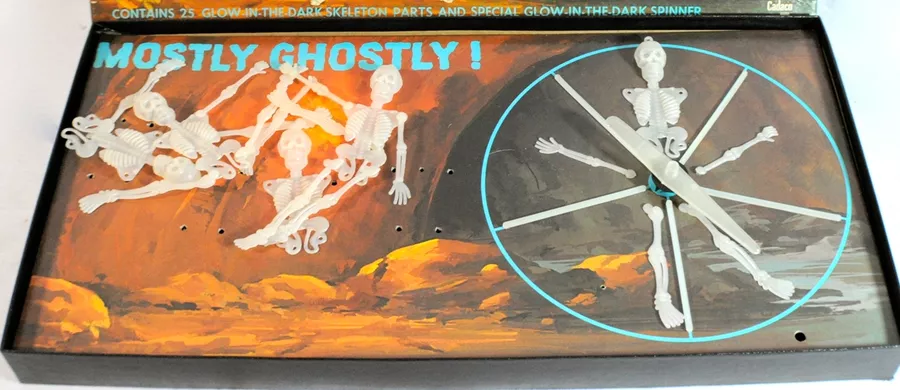
The work that went into some of these games is fantastic, with rich art, and intricate game designs. While some are very clearly just meant to catch eyes on shelves and task the player with doing little more than rolling a die and moving a pawn, others would put the players into more interesting situations, if not pit them against each other. For example, Candyman: Farewell to the Flesh was released in 1995, the same year as the sequel with which it shares its name, and tasks the players with making their way through New Orleans while trying to piece together the mystery behind the titular villain. But while they traverse the board in a simple clockwise stroll around the spaces, they will accrue ‘Candyman cards’ five of which will kill the player. However, if the player is able to draw a ‘hook card’ then they can instead choose to offload a Candyman card onto one of their less-favored friends. An earlier example that comes to mind is the 1979 Alien board game, which let each player not only control a crew of four but also their very own Xenomorph, to disrupt and dismember the opposing players’ poor space people. For these game designers, when it was impossible for them to make the player fear the monsters, they seemed to settle on substituting that with a fear of being stabbed in the back.
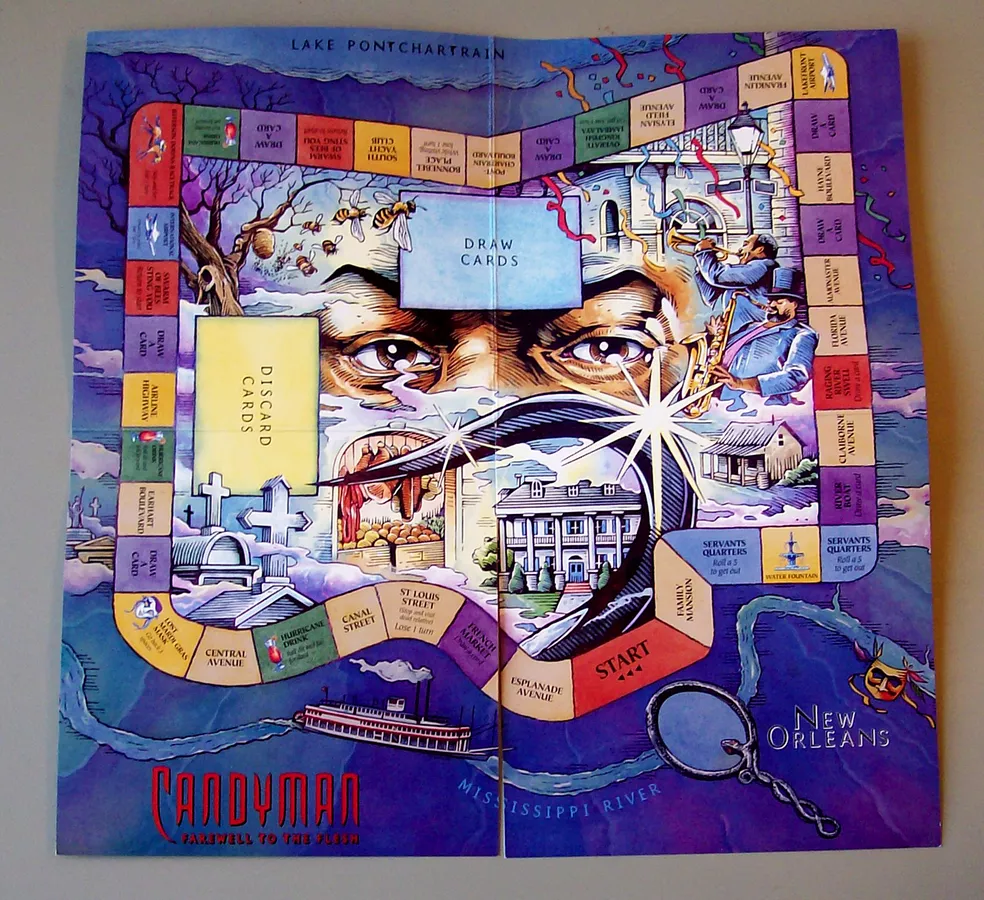
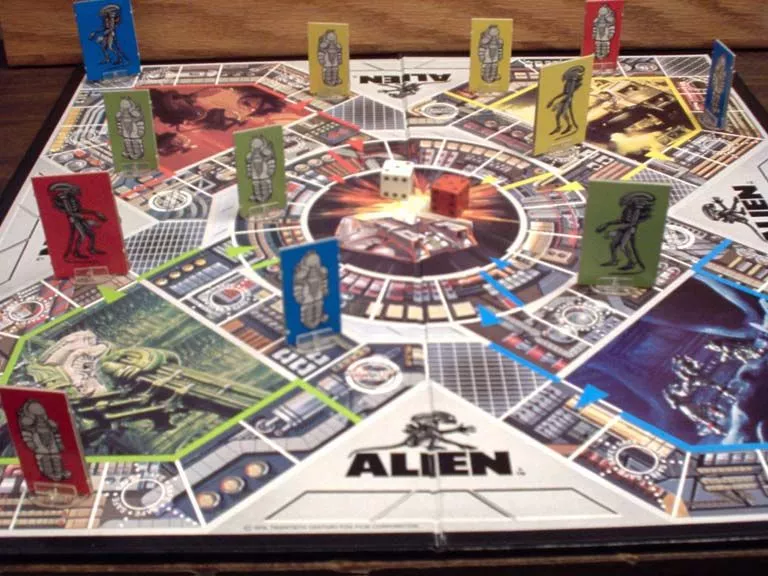
Truly shocking to me, though, was the overwhelming amount of games that utilized a structure that is extremely popular in multiplayer gaming right now, Asymmetrical Multiplayer. The rise in popularity that this genre has seen over the past decade is astounding and has led to many titles being released that share that classic 1v4 format. Of course, one has to mention Dead By Daylight, which is easily the largest game in the genre and includes a wide array of horror icons to appease the fiendish film fans, as well as some from other videogames, making it somewhat of a best-of when it comes to horror gaming. Other titles chose to directly adapt popular films, like The Evil Dead, Texas Chainsaw Massacre, and Friday the 13th, the latter, unfortunately, being scheduled to be disconnected soon due to unfortunate legal issues. Aside from these examples, there is truly an insane amount of games in this genre, including an upcoming title, The Human Show, being published by yours truly at DreadXP.
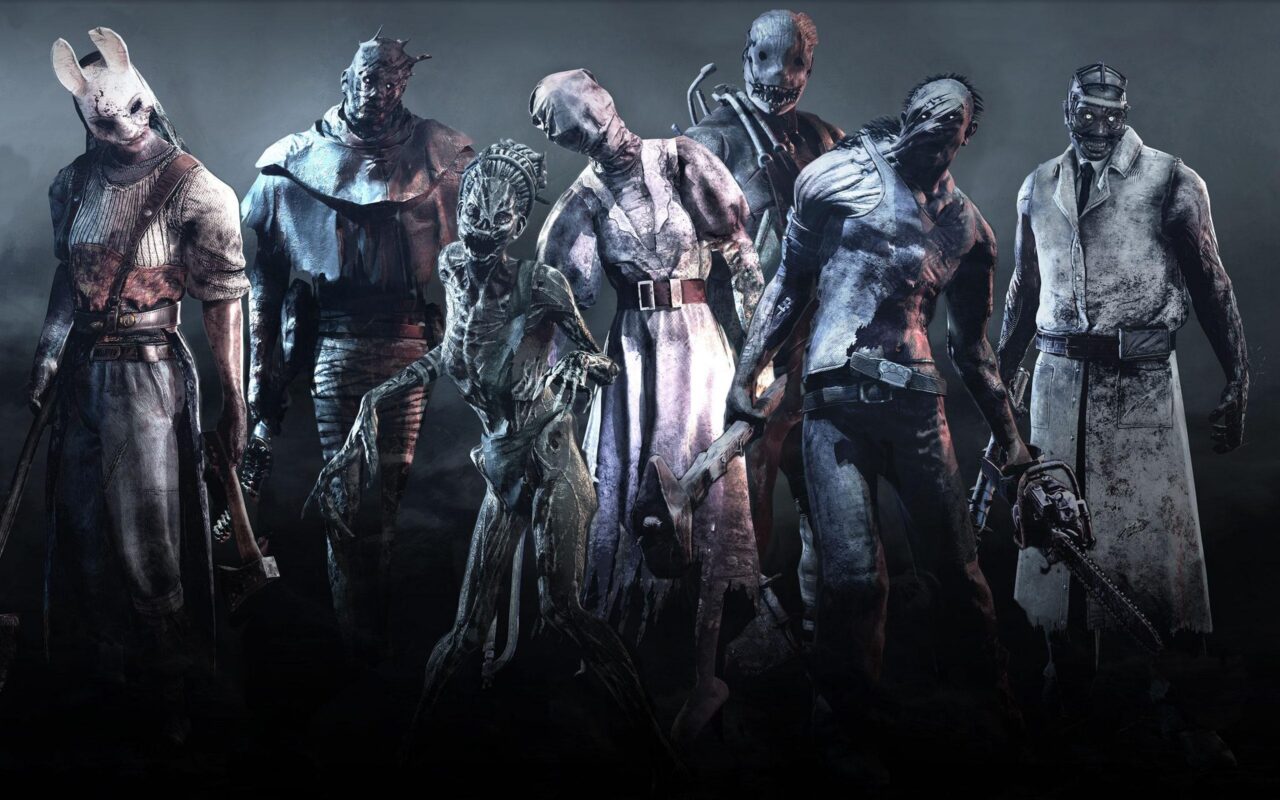
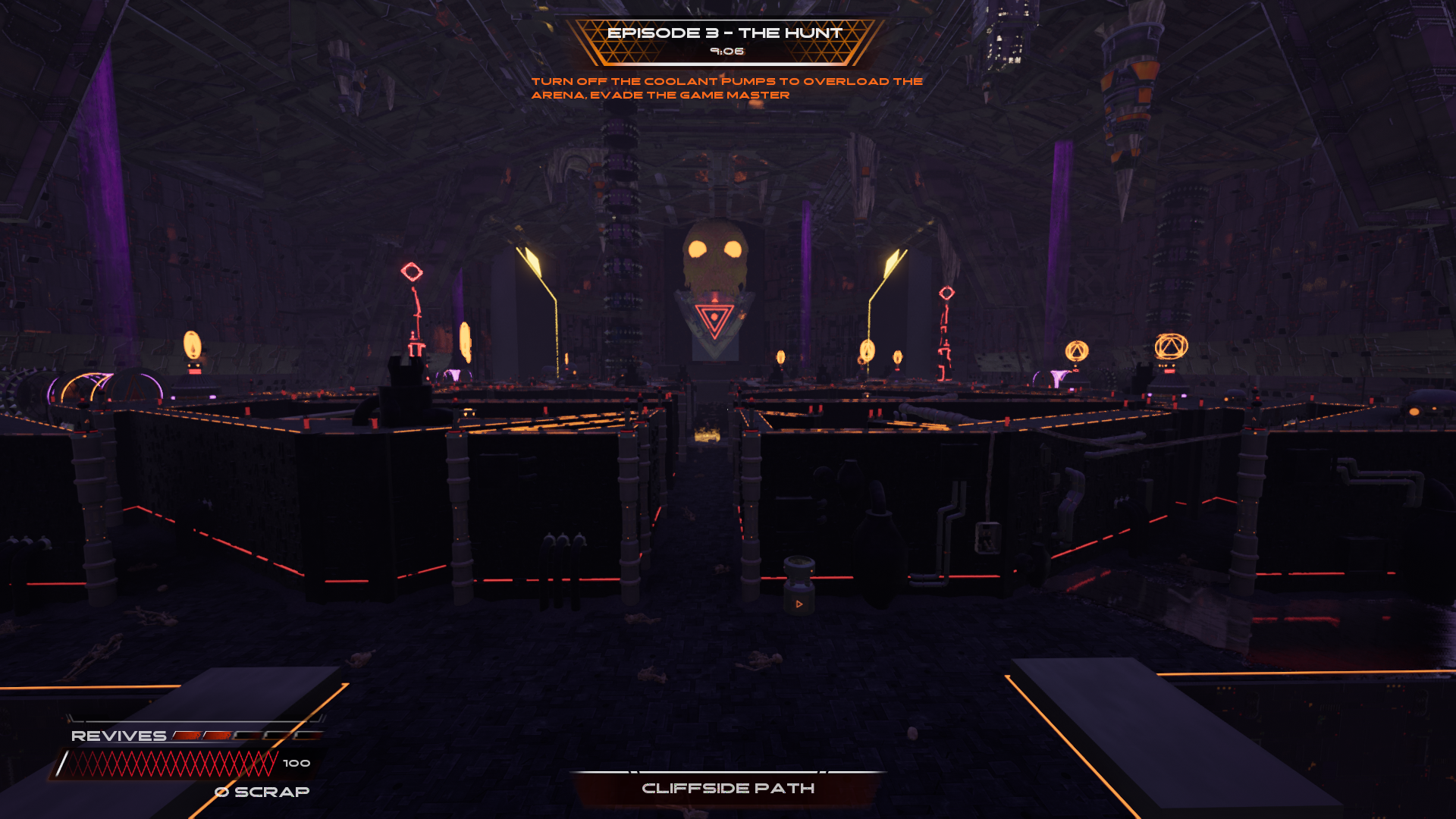
Looking back through these horror games of days past, I found more titles that had elements of asymmetrical multiplayer than didn’t. Dawn of the Dead tasked one player with controlling every zombie in the mall as others made their escape. Nightmare on Elm Street: The Freddy Game saw one player taking the role of the sweatered slasher as he hunted teens through their dreams. Stephen King himself helped develop and playtest a board game for The Shining, which saw one player possess the Overlook in an attempt to trap the Torrence family within its halls forever. These games differ from the aforementioned titles that gave players the ability to stick a wrench in each other’s plans, and instead opted to replace the cold chaos of random dice throws with the calculated cruelty that a human player could deliver unto his friends. Again, if the game designer could not make you fear the monster, they could try to make you fear your friends’ mercy or lack thereof.
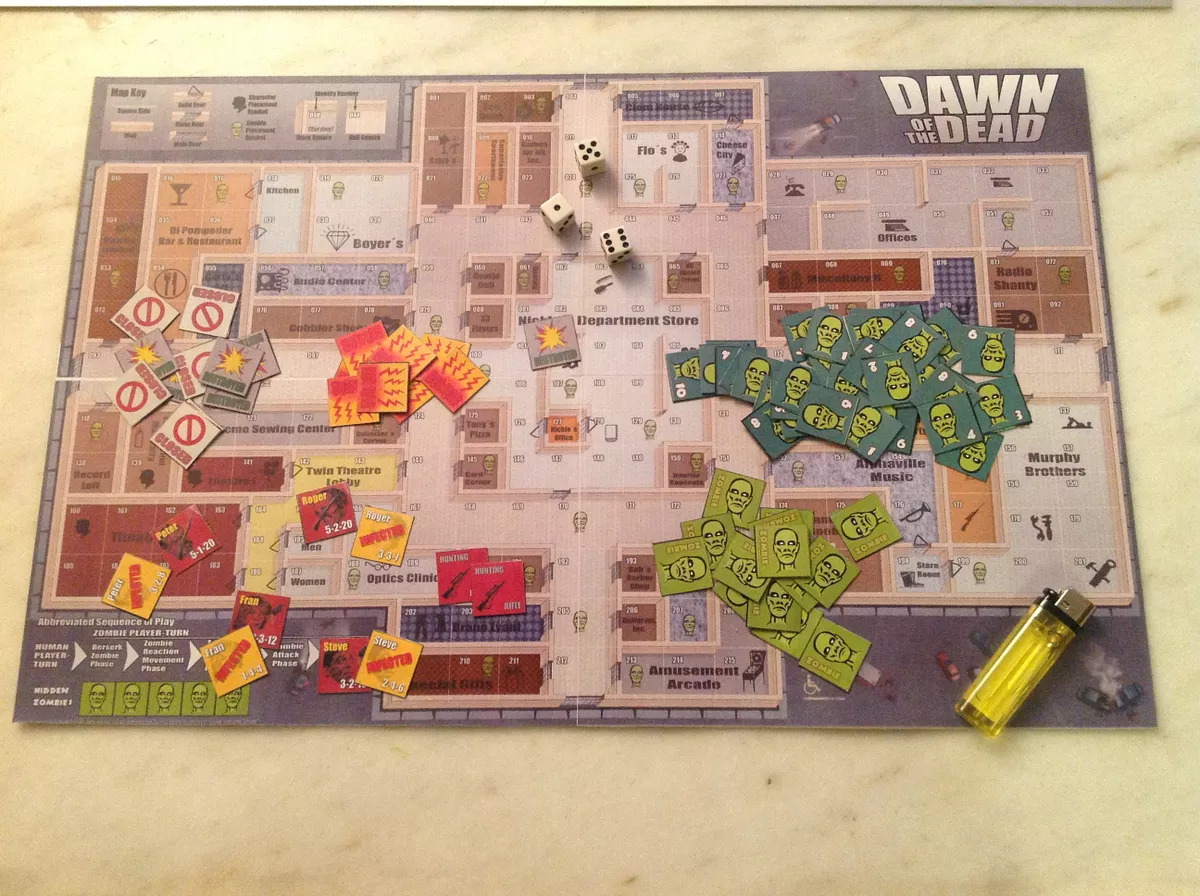
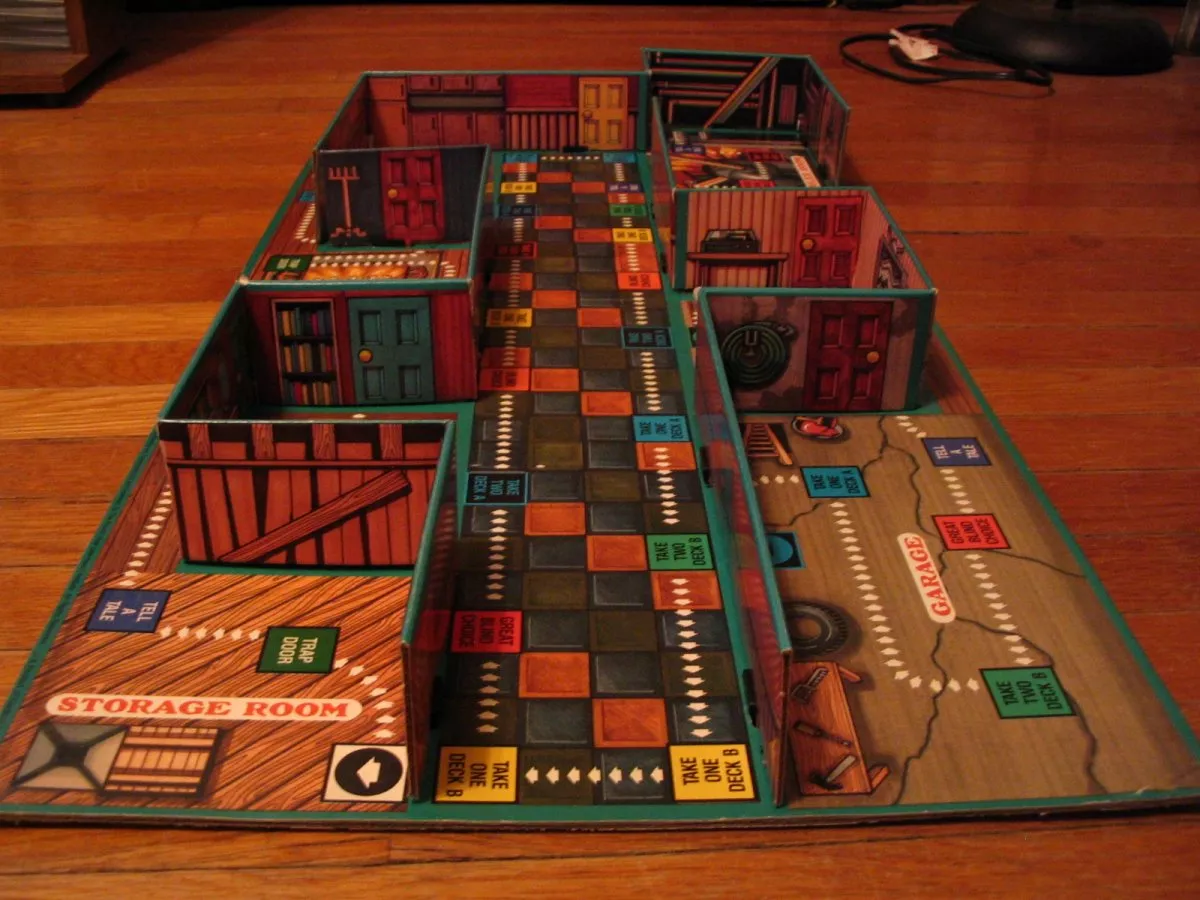
And again as I looked through this vast collection of classic board games, I felt that everything was a big circle, and all trends came back around. I felt that even the rise in popularity of asymmetrical horror titles was in some way just an antiquated trend reemerging for a fresh audience. The flow of fashions and fads will always be interesting to me, and learning more about these games really helped me understand how we got to the current landscape of horror gaming. I can only imagine that at least one person working on one of these modern asymmetrical horror games thought to themselves about how much fun they had playing The Keep or Army of Darkness, and how they could bring that to the modern world of video gaming.
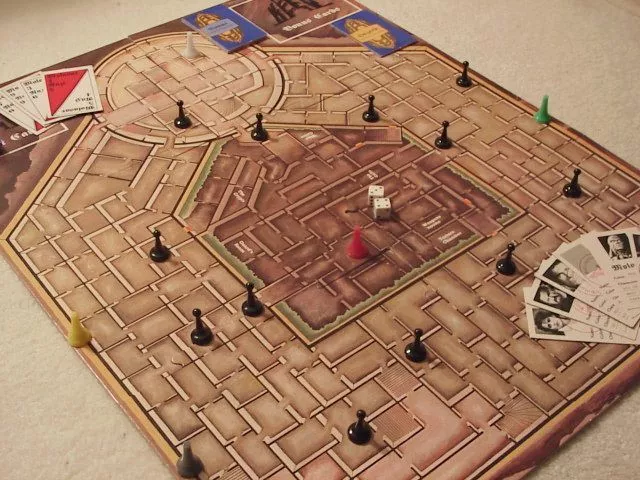
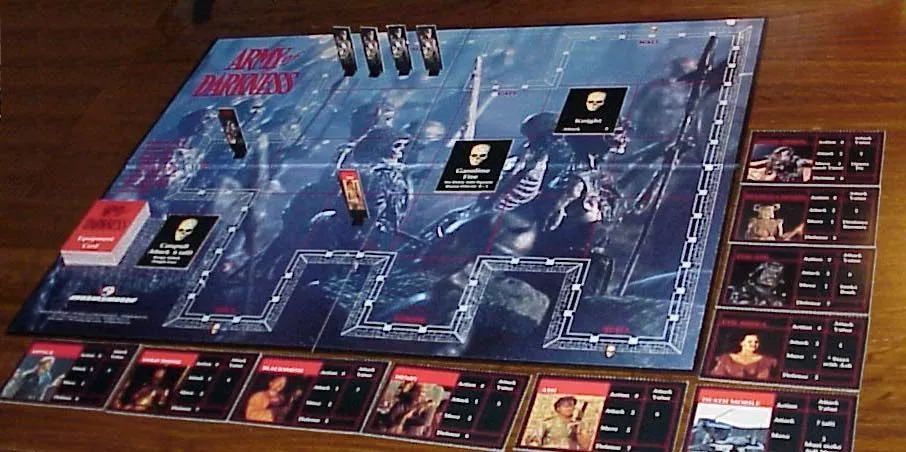
Ultimately, this newfound perspective did not send me rushing back to Target to fill my cart with every horror movie or game turned into dice and cards that I could find, but it did give me a lot to think about. Kids have always wanted to watch scary things, and as the landscape of media changes that has grown to include video games. My nephew was playing Resident Evil when he was entirely too young, just as I was, and I am sure that his children will do the same. It’s just funny to think that back in 1979 there was some kid who had to hide his board games, lest his parents find out and remove the gruesome game from their possession, the same way that today’s kids probably wouldn’t be thrilled if their parents walked in on them playing a particularly gruesome portion of a modern horror game.
I want to give a shout-out to boardgamegeek.com, In my research they were an invaluable tool for learning about the intricacies of some of these long-forgotten games. If you want to try out some of these classic games for yourself, there are quite a few that are available to print and play if you are willing to do the digging to find them. But for those of you who like their horror games on the video side of things, be sure to head back to DreadXP and read more of our frightful features!
Categorized:Editorials

